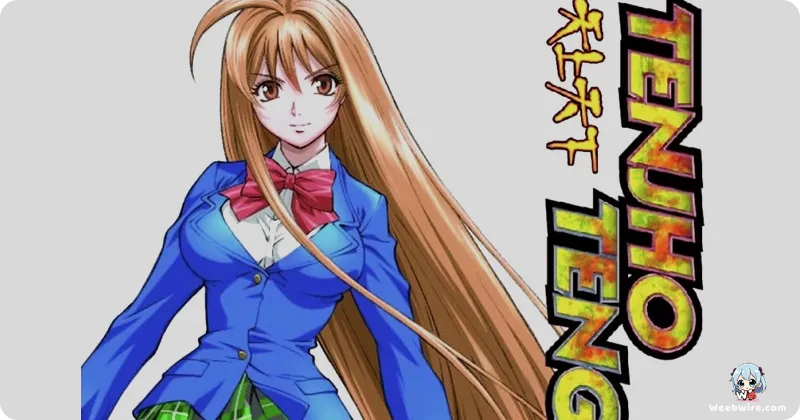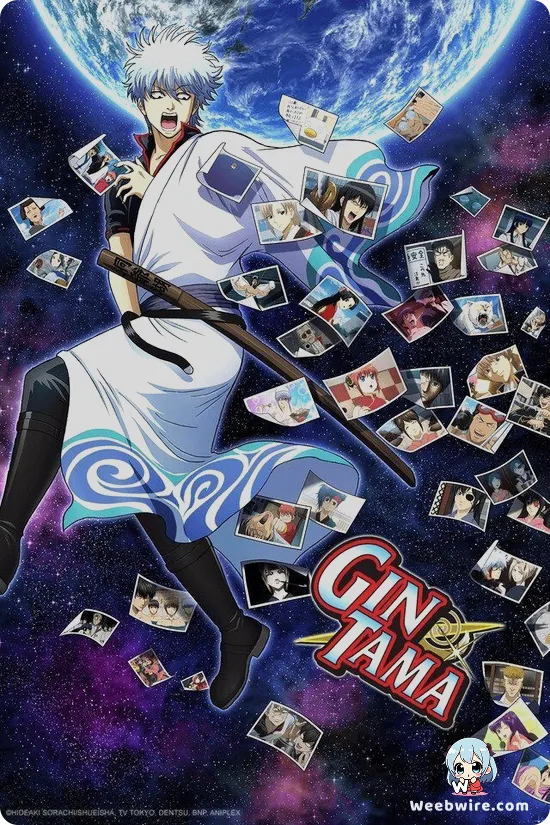Tenjho Tenge: Unveiling the Anime's Hidden Depths and Production Secrets

Prepare to delve beyond the surface of Tenjho Tenge, the dynamic 2004 anime adaptation brought to life by the acclaimed MADHOUSE studio. While widely celebrated for its electrifying martial arts action and distinctive ecchi elements, this series harbors a fascinating production story and surprising depth that often goes unnoticed by casual viewers. Beyond the flashy fight sequences and striking character designs, crucial insights into its unique identity and enduring legacy await those willing to explore its deeper layers. This editorial aims to illuminate the strategic decisions and underlying philosophies that shaped this truly memorable martial arts epic, offering a richer appreciation for its place in anime history.
The Anime's Strategic Divergence from Oh! Great's Manga
A pivotal revelation for any Tenjho Tenge enthusiast is the significant divergence between the anime and Oh! Great's expansive original manga. The anime, spanning 24 episodes and a two-part OVA titled Tenjho Tenge: Ultimate Fight from 2005, offers a visually stunning and cohesive experience. However, it adapts only roughly the first eight volumes of the manga's sprawling 22-volume saga. This strategic adaptation choice, likely influenced by production schedules and broadcast limitations, led to substantial plot compression and significant character role adjustments. Vast arcs, intricate backstories, and advanced martial arts techniques vital to the manga's later narrative were either condensed or entirely omitted. Consequently, major characters who ascend to central roles and undergo profound development in the manga's grander storyline only hint at their full potential in the anime, leaving their true depths and destinies largely unexplored. The anime, therefore, serves as an engaging, yet ultimately partial, glimpse into the richly detailed universe Oh! Great meticulously crafted over more than a decade. Understanding this fundamental difference is key to appreciating both versions for their individual merits.
MADHOUSE's Judicious Handling of Mature Themes
Another key aspect involved MADHOUSE's careful handling of the manga's notoriously explicit content. Oh! Great's original Tenjho Tenge manga is renowned for its unfiltered depiction of violence, nudity, and mature themes, pushing the boundaries of what was typically seen in mainstream publications. For television broadcast, the anime judiciously toned down or censored much of this content, particularly the more graphic violence and overt ecchi elements. While this decision sparked considerable debate among purists and long-time manga fans who preferred the unadulterated version, it undeniably broadened the series' accessibility to a wider audience. This allowed MADHOUSE to focus intensely on the fluid martial arts choreography and compelling character dynamics within established broadcast standards. The result is a series that retains its intense action spirit with a slightly more refined approach to mature themes, showcasing the studio's remarkable skill in adapting challenging and controversial source material while maintaining its core appeal.
The Profound Philosophical Weight of 'Tenjho Tenge'
Adding an unexpected layer of intellectual weight, the title Tenjho Tenge (often romanized as Tenjō Tenge) itself carries profound Buddhist philosophical meaning. Derived from the phrase Tenjō Tenge Yuiga Dokuson, which translates to
Credits
Tenjho Tenge
Author
Oh! Great (Ito Ogure)
Cover Art
Oh! Great
Studio
MADHOUSE
Publisher
Shueisha
Producers





